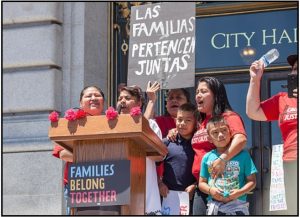3 Primary Sources
Primary sources are first-hand observations or experiences of an event. They can also be the original sources of information before they have been analyzed, such as statistical data sets or observation notes.

Examples of primary sources include:
- Eyewitness reports (interviews, photographs, video footage)
- Audio recordings (radio programs)
- Speeches, diaries, memoirs, letters, manuscripts
- Empirical research
- Original documents, historical newspaper articles
- Literary works (novels, plays, poems), artworks
Social media posts from services like Facebook, Instagram and X (formerly known as Twitter) can also be primary sources.
First-hand observations or experiences of an event. The original sources of information before they have been analyzed or summarized. Examples include: speeches, autobiographies, and empirical research.

